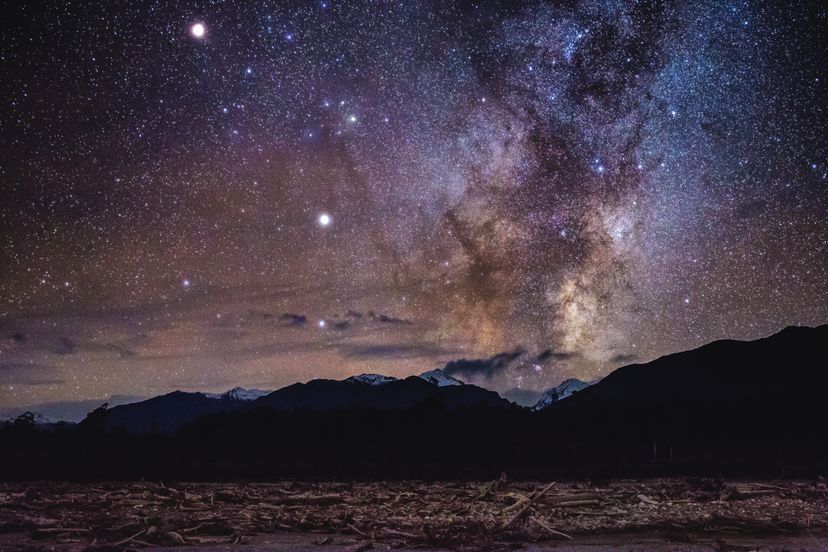Each planet in our solar system is unique, but they all have a few things in common, too. For example, every planet has a north and a south pole. These points are in the center of the planet at its ends.
A planet's axis is an imaginary line that runs through the center of the planet and connects the north and south poles. The imaginary line that runs around the planet at its middle (like your waist) is called its equator. While every planet rotates on its axis, some planets rotate quickly and some rotate slowly. The time that it takes for a planet to rotate once on its axis is its rotation period.
As each planet in our solar system rotates on its axis, it also revolves around the sun. The time that it takes for a planet to make a complete revolution around the sun is the planet's year. The path that the planet follows around the sun is called its orbit.
The main asteroid belt between Mars and Jupiter also divides our solar system into the inner and outer solar system. Here's a bit about each of the eight planets, in order of their distance from the sun.
Terrestrial Planets
The inner solar system consists of four rocky planets: Mercury, Venus, Earth and Mars, located closest to the Sun. These inner planets have solid surfaces, sloped terrains and potential for secondary atmospheres.
- Mercury, the smallest planet, orbits closest to the Sun.
- Venus has a thick, toxic atmosphere, making it the hottest planet.
- Earth is the only known habitable planet with a breathable atmosphere, liquid water and a protective magnetic field.
- Mars has a thin atmosphere and a desolate landscape.
Giant Planets
Jupiter, Saturn, Uranus and Neptune are the four giant planets known as Jovian planets, all consisting mainly of hydrogen and helium. These outer planets have rings, thick atmospheres and numerous moons. The gas giants (Jupiter and Saturn) have no solid surfaces and are larger than terrestrial planets like Earth. Uranus and Neptune, on the other hand, are classified as ice giants.
- Jupiter, named for the Roman god, is the largest planet in our solar system.
- Saturn is best known for its prominent ring system, but it also boasts more moons than all the other planets have combined.
- Uranus is the only planet in our solar system that's so tilted, its equator is nearly at a right angle to its orbit.
- Neptune is the only one of the eight major planets that you can't see in the night sky without a telescope.
Thanks to Hubble Space Telescope data, we know gas giants are not exclusive to our solar system; certain exoplanets outside our system also exhibit similar characteristics.
